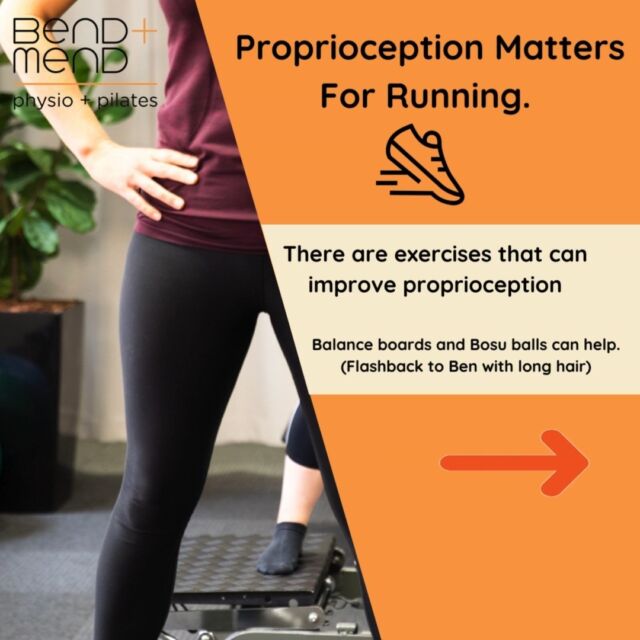 Squatting is one of the most common exercises performed in athletic and general populations due to the efficacy in muscular development, strength and power. This exercise is often prescribed in the management of a variety of musculoskeletal conditions and used throughout the strength and conditioning world to improve performance and develop robust athletes.
Squatting is one of the most common exercises performed in athletic and general populations due to the efficacy in muscular development, strength and power. This exercise is often prescribed in the management of a variety of musculoskeletal conditions and used throughout the strength and conditioning world to improve performance and develop robust athletes.
Often this will be the first exercise you are taught in the gym setting and it is regularly a reason why we see you in the physio clinic, whether there is an issue with form, incorrect loading or usually a combination of both. Bend + Mend Physio James wrote a fantastic blog on two mistakes you may be making during your squat, including the “Buttwink” and “Valgus knees”.
The most important thing with all exercises is to think about why you are performing the exercise and what is the goal of your training program. Are you aiming to improve strength? Develop muscle mass? Sprint faster? Run longer? The barbell squat can help with these, but how you perform the exercise will change the desired outcome. An important component of exercise prescription for performance is the depth of the squat, whether you are performing partial squats or full depth squats, how deep is safe and whether deeper is better.
The impact of squat depth on muscle activation as studied through Electromyographic studies clearly demonstrate that increased squat depth results in a greater contribution of Gluteus Maximus (butt) and Vastus Medialis (one of the four Quad muscles). Additionally, it has been studied that with increased squat depth it is shown to result in increase in vastus medialis to vastus lateralis activation ratio. Therefore it can be argued in healthy populations the deeper the squat the greater the muscle activation and a therefore greater muscle development.
Studies measuring the impact of squat depth on performance have studies the differences between full depth squat and ¼ depth squats with relative 1RM load. The results show that if you are aiming for hypertrophy (muscle size gain) and strength improvement then full depth squats are recommended, but if you are trying to maximise power production, as to improve sprint and vertical jumping then incorporating ¼ depth 1RM exercise is your exercise of choice.
The deeper the squat, does not always equal better. Although a deeper squat does improve strength and muscle size, is also increases the amount of stress travelling through the knee joint. Studies have shown that a deeper squat results in increased peak forces through the patellofemoral (kneecap) and tibiofemoral knee joint, and this increases with the depth of movement. Therefore those with a history of patellofemoral knee pain, meniscus tears and/or cartilage issues should perform squats in a pain free range of motion.
The squat is one of the most effective tools in rehabilitation and strength and conditioning, if you are aiming to improve performance or strength, the depth of your squatting is something you may have to consider. If you are looking to improve your squatting performance, you should book in for an assessment with one of our expert Physios to take your strength and conditioning program to the next level.







